Academic Papers and other Research Building on The Virtual Foundry's FFF Metal 3D Printing Technology. The Virtual...


Academic Papers and other Research Building on The Virtual Foundry's FFF Metal 3D Printing Technology. The Virtual...
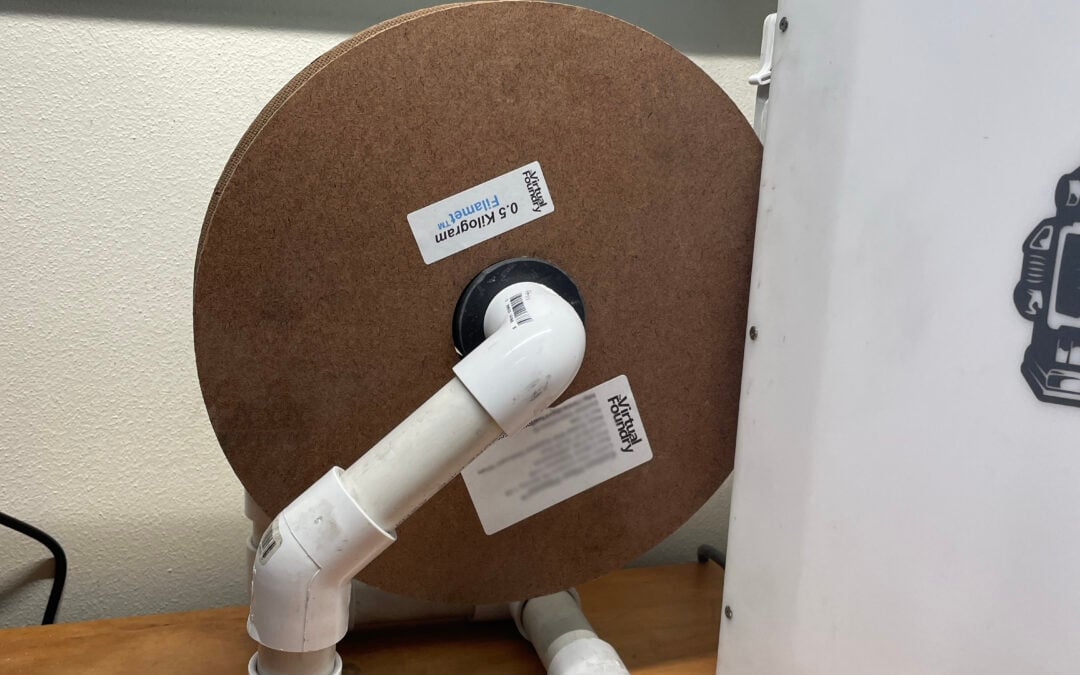
Imagine combining the versatility of PLA with the strength and allure of metal, glass, or ceramic. Filamet™ 3D...
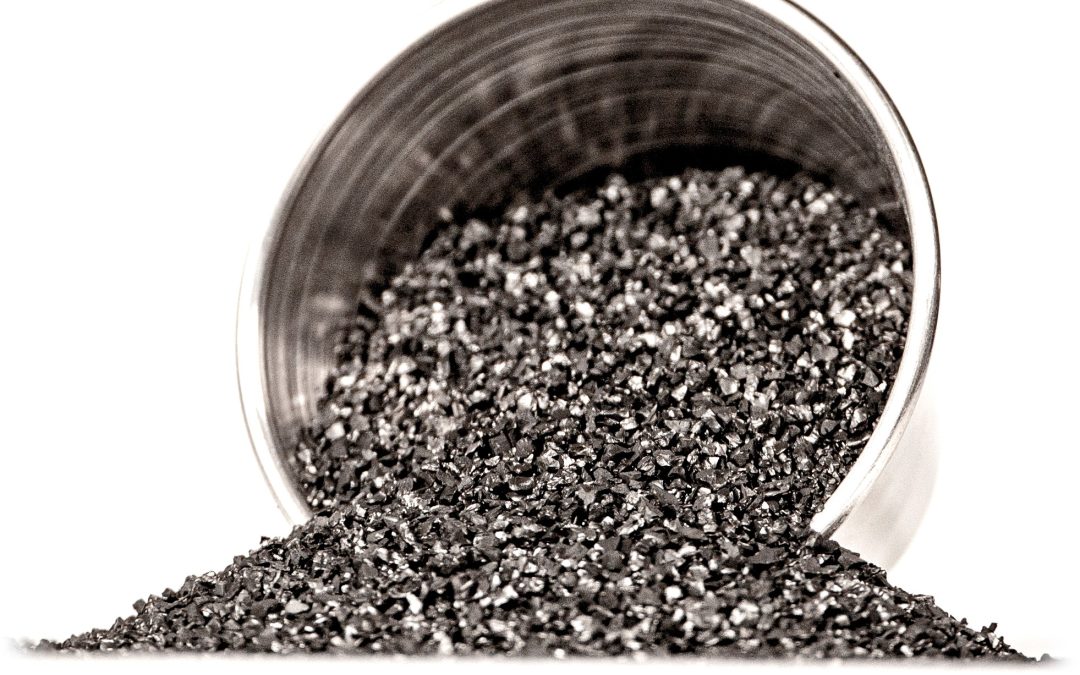
Sintering Powders: What, Why and When?[Printable Version Here]Sintering Powders include two groups: Refractory Ballast...
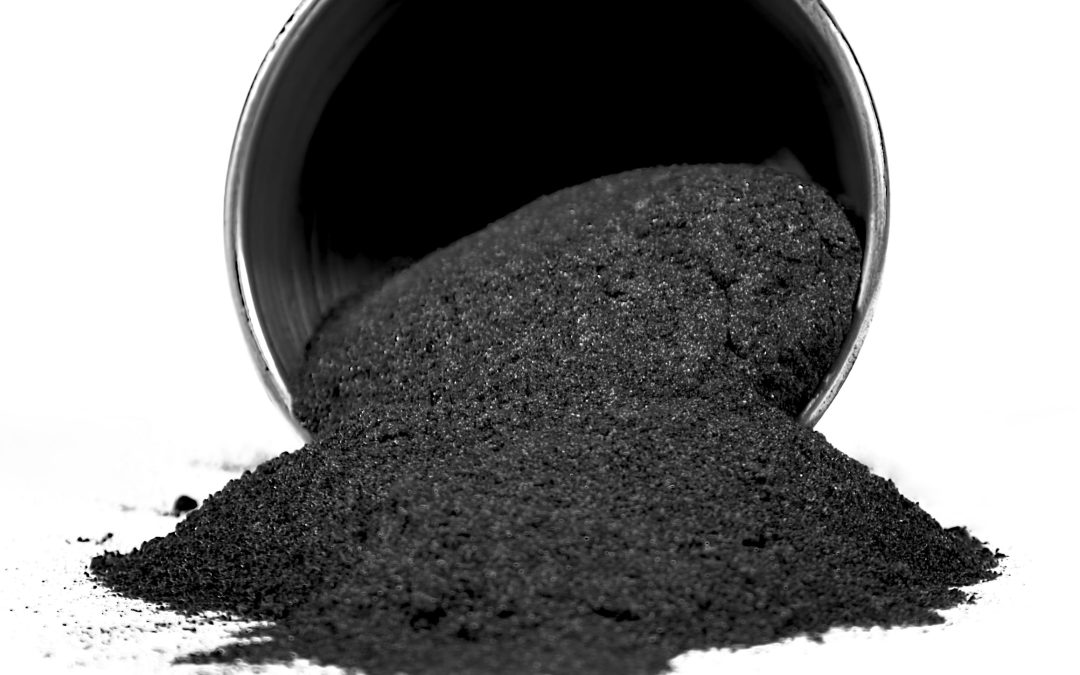
Introduction Sintering refractory ballast plays a crucial role in the debinding and sintering process of parts. When...
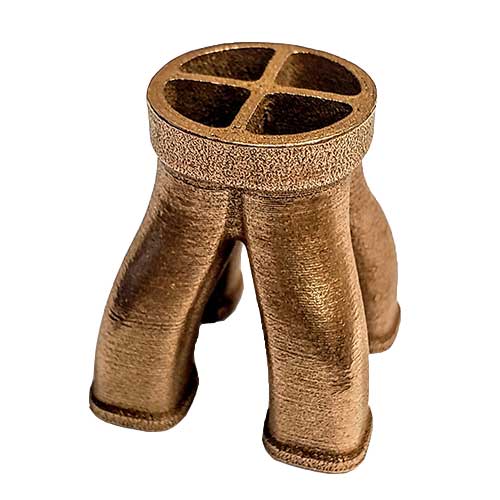
Introduction: 3D printing technology has revolutionized the manufacturing industry, allowing for the creation of...
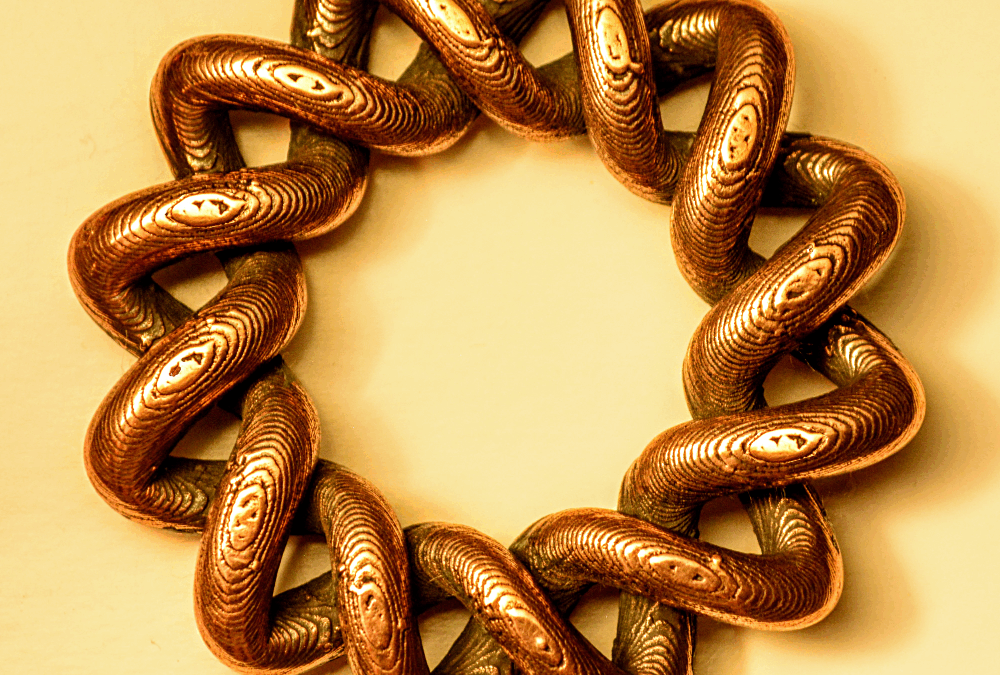
The Virtual Foundry invented #FFFmetal

#fffmetal

The Virtual Foundry and University of Pécs sign Collaboration MOU Stoughton, Wisconsin and Pécs, Hungary: The Virtual...
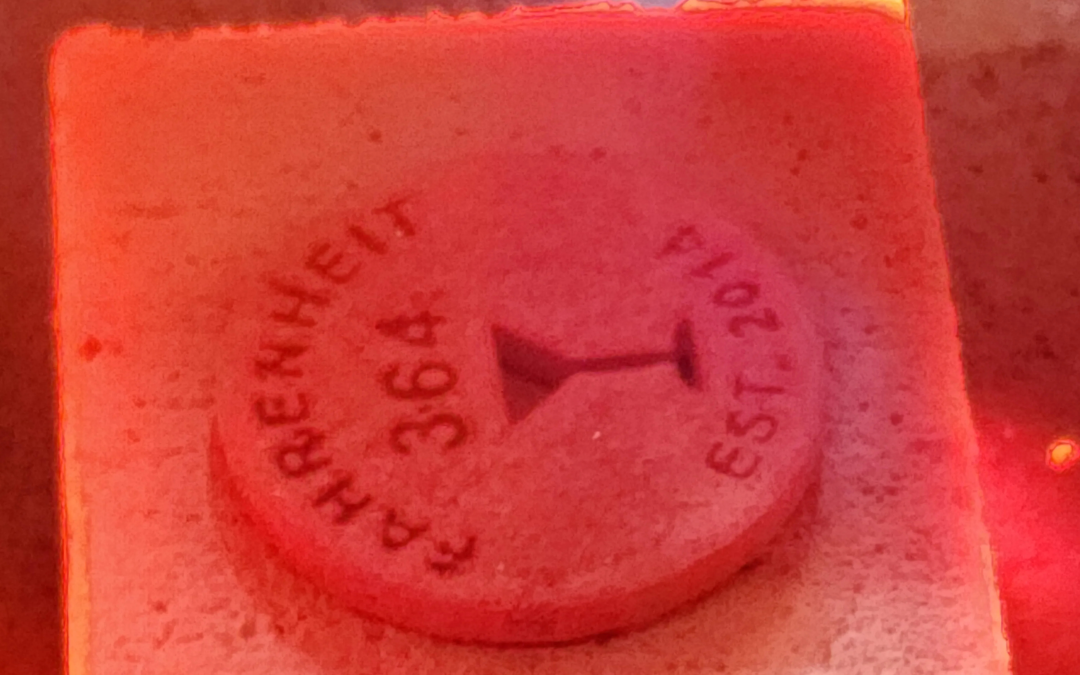
Forge Sintering Bronze Day 1: I'm in the shop today working on some new ways to sinter parts that have already been...

Two things need to happen during sintering:The part shape is supported, andOxygen is prevented from reaching the part...